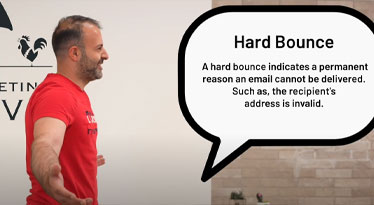When you think about the evolution of marketing operations, it’s helpful to use the metaphor of ships. Our captain needs to navigate the many different conditions of the sea – shifting currents, winds, tides. If the CMO is our captain, these challenges can be likened to the pressures that our CMO has to face; delivering leads, delivering MQLs, pipeline, revenue, ABM, demand generation – it all keeps changing all the time.
Just like the captain relies on the crew to manage the ship, the CMO relies on the operations team. If the marketing operations person of five years ago had to master the automation system, the CRM, and its integration with the automation system and maybe the website and some landing pages – that landscape has now expanded to involve a lot more variables in that.
With 100s, 1000s of integrations, data coming from a multitude of sources, the marketing operations person is suddenly not just someone who needs to know one or two systems and understand the data of the organization. They need to master a full gamut of technologies, systems, and variables that just become more and more complex every day.
In order to provide the insights that our CMO needs in order to make better decisions, marketing operations today need to master much more advanced reporting and business intelligence tools than ever before.
At Marketing Envy, we train our marketing operations team to be not just specialists in one system, but really to master all the different elements of running marketing operations.









